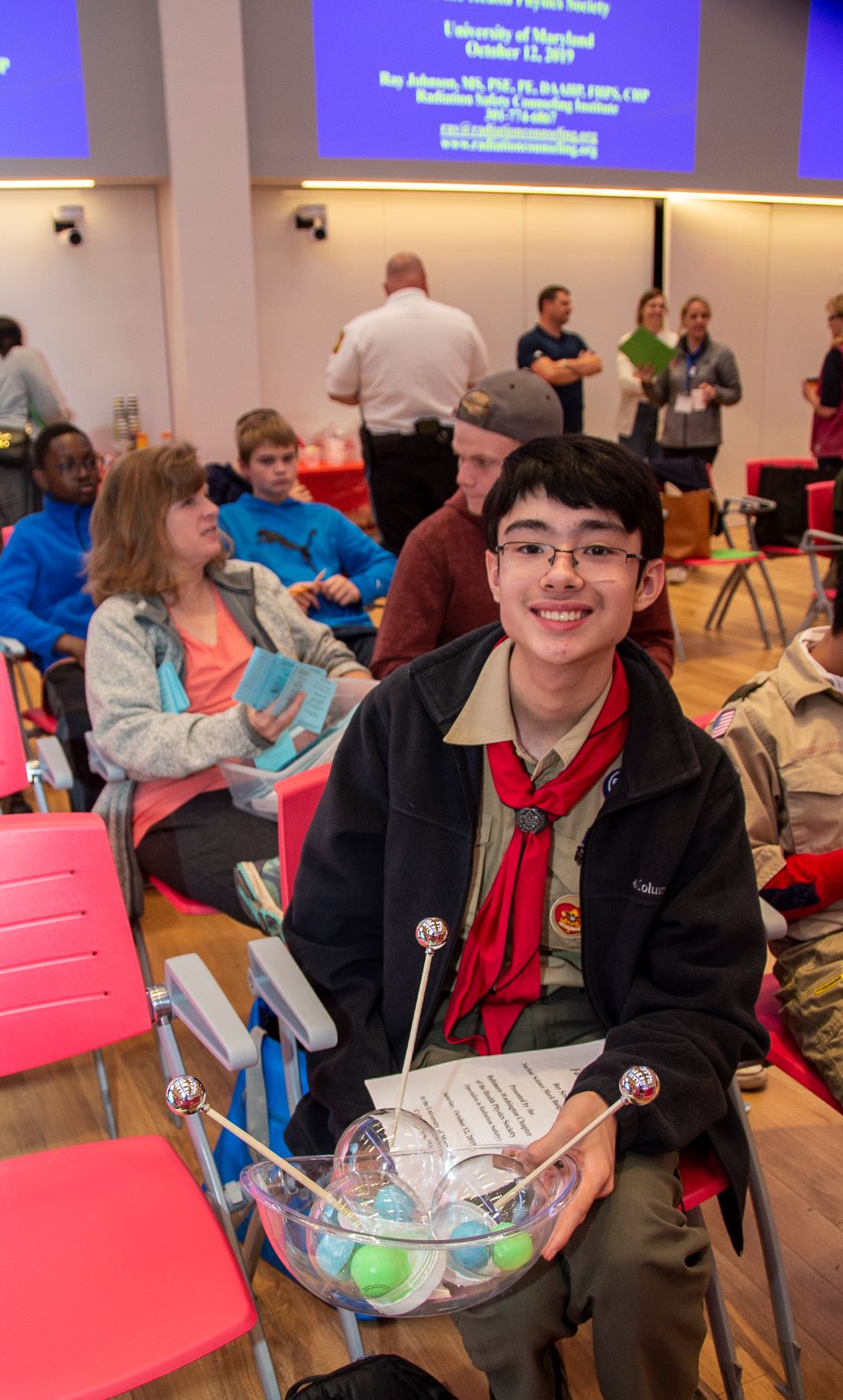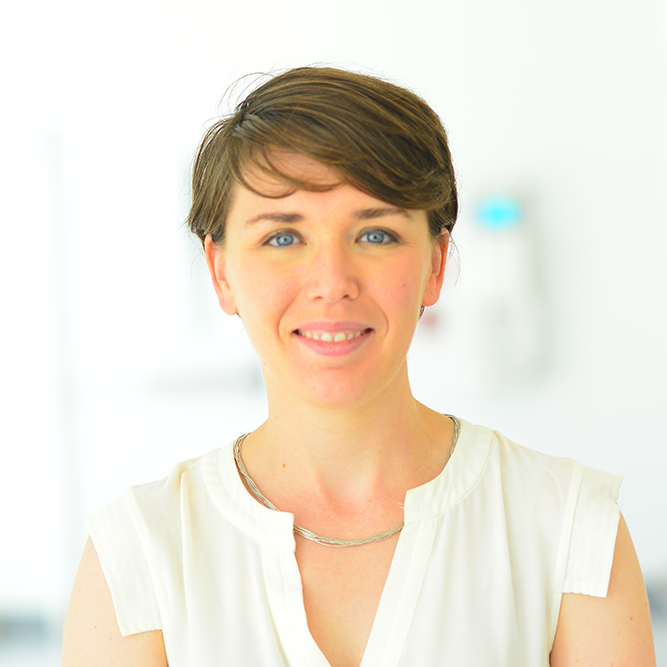News Story
UMD Radiation Facilities Hosts Nuclear Science Merit Badge Program

On Saturday, October 12, 2019, the University of Maryland (UMD) Radiation Facilities hosted – for the first, and hopefully not last, time – roughly 80 Boy Scouts (ranging from 6th – 12th grades) from the Washington D.C.-Maryland-Virginia area who were eager to earn the nuclear science merit badge. Attendees spent the day learning about radiation, studying how nuclear reactors work, touring the Maryland University Training Reactor, visiting a working cyclotron, and taking a virtual tour of Chernobyl.
Amber Johnson – Director of the Nuclear Reactor and Radiation Facilities at UMD – was excited when approached by Matt Mille of the Baltimore Washington Chapter of the Health Physics Society about the possibility of hosting this event.
“We have been hoping to share our reactor and nuclear expertise with a merit badge workshop, but needed help with the planning,” Johnson said. “Fortunately, Matt brought along the organization to make sure all our Scouts completed their requirements and had fun while doing it!”
Touring so many people through the Training Reactor could not have been possible without the support of Luke Gilde (Reactor Operations Manager), Mary Dorman (Assistant Director Research Safety), Captain Ken Ecker (UMPD Emergency Manager), Tim Koeth (Materials Science and Engineering Assistant Professor) and students, John Lathrop (Aerospace Engineering) and Fred Delawie (Materials Science and Engineering).
The event was organized in collaboration with the Baltimore Washington Chapter of the Health Physics Society, which is “a scientific and professional organization whose members specialize in occupational and environmental radiation safety... Their primary objectives are to encourage scientific exchange between members and experts in the field of radiation safety or related professions, improve public understanding of the problems and needs in radiation safety, and provide open lines of communication between local chapter members and the Health Physics Society.”
Published October 17, 2019









